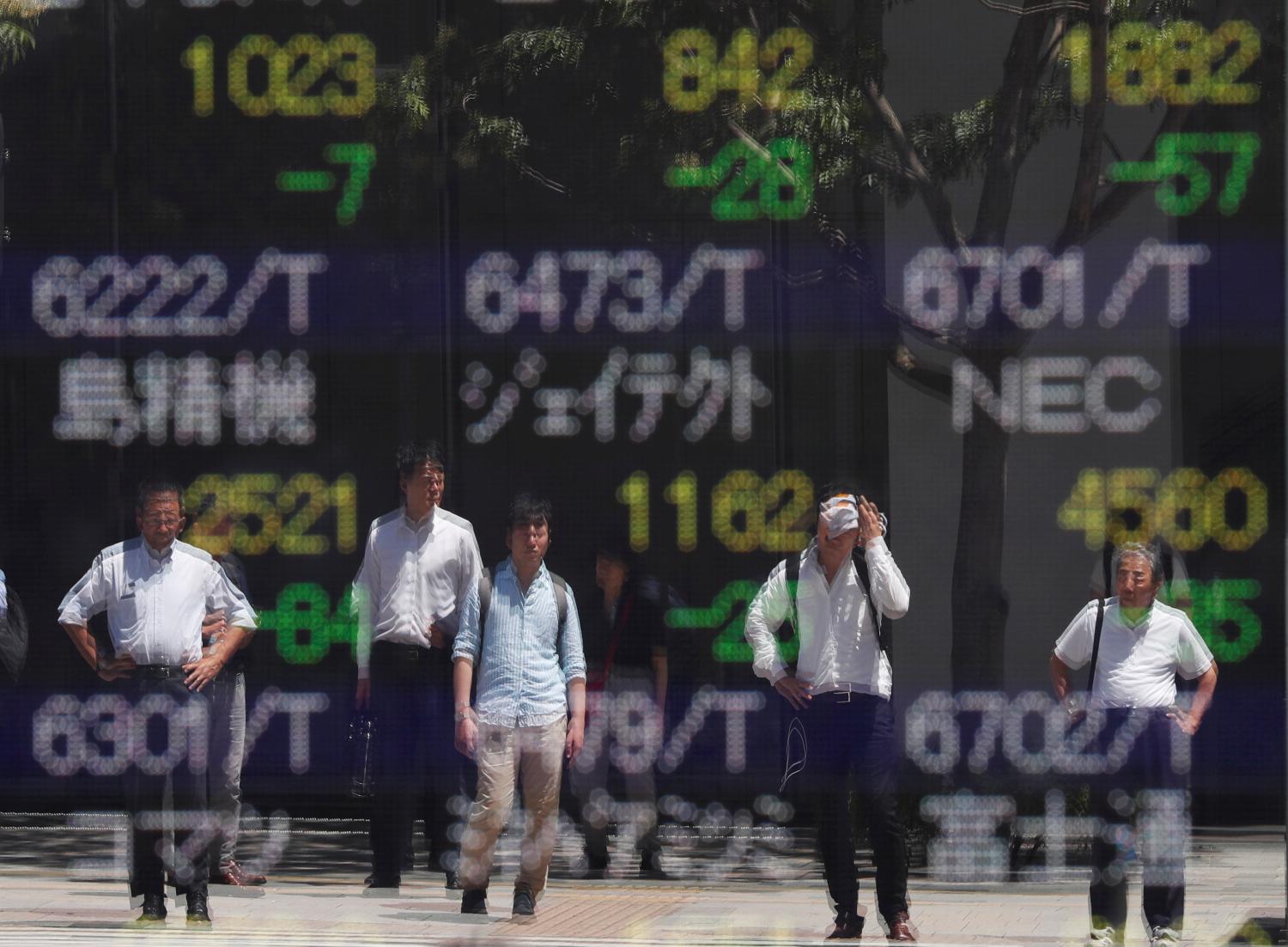In collaboration with the Financial Times (FT), Eswar Prasad of Brookings and Ethan Wu of Cornell have constructed a set of composite indexes which track the global economic recovery. The Tracking Indexes for the Global Economic Recovery (TIGER) is also featured in the Financial Times. A version of this appeared in Project Syndicate.
A worldwide slowdown is giving way to a synchronized stagnation characterized by weak growth in some major economies and essentially no growth or even mild contraction in others. Fears of an imminent global recession seem premature, but policymakers seem at a loss about how to revive growth, with little appetite for fundamental reforms and limited room for effective macroeconomic stimulus.
Persistent trade tensions, political instability, geopolitical risks, and concerns about the limited efficacy of monetary stimulus continue to erode business and consumer sentiment, holding back investment and productivity growth. International trade flows have been directly impacted as well. The WTO has slashed its forecast for world trade growth in 2019 to just 1.2 percent. The Baltic Dry Index, a forward-looking metric based on bulk commodities shipping, nearly doubled in the first eight months of the year, but it has fallen by about 30 percent since August, erasing hopes of a rebound in trade.
Not all indicators provide grounds for pessimism. Labor market performance remains largely healthy, even in otherwise anemic economies such as Germany, and household consumption has remained strong in most major economies. The surge in oil prices in September, which had raised concerns that it could turn into another negative shock to growth, has receded.
The U.S. economy is presenting a dichotomous picture, with labor market performance and household consumption still relatively robust but activity in both the manufacturing and services sectors slowing visibly. Trade tensions with major trading partners, including China and the European Union, and uncertainties related to the trade deal with Canada and Mexico have sapped business confidence, hurt corporate profits, and led to a contraction of business investment.
Click a country name below the Composite Index to view charts for the main TIGER indexes by country and charts for the indicators that make up the indexes, which are broken down by real activity, financial, and confidence indicators for advanced economies and emerging markets.
The German economy continues to flirt with an outright recession, with the government continuing to eschew fiscal stimulus, although other economies on the Continent have picked up some of the slack. France, the Netherlands, and Spain are experiencing modest growth and robust labor market outcomes despite weakening trade. Italy’s economy seems to have flatlined as the country continues to be wracked by political instability.
Japan is facing multiple headwinds, including weak global demand, the contractionary effects of a sales tax hike, and stubbornly low inflation. Financial conditions remain weak, as does the real economy. Business and consumer sentiment have plunged, auguring further economic weakness that could be accentuated by long-standing structural demographic and fiscal challenges.
Brexit-related uncertainties are coming to a head in the U.K. Fears of a disorderly exit and ongoing political turmoil leave little room for optimism about the country’s short-term economic prospects, with most indicators of economic activity staying flat or registering minimal growth.
Low interest rates in advanced economies and the fall in oil prices have taken the pressure off some emerging market economies. But weak global demand and trade-related uncertainties, in addition to domestic policy problems, continue to weigh on their growth.
China’s economy is clearly slowing, although not as much as had been feared as the trade war with the U.S. drags on. There is no clear prospect of a durable resolution to the ongoing stalemate between the two countries, which continues to put a damper on business sentiment and private investment growth. The renminbi’s gradual depreciation against the dollar has been orderly thus far, but modest in its economic impacts. The government has undertaken only limited stimulus measures and has room for more. But for now it seems willing to accommodate a gradual easing of growth to a more sustainable level so as to refrain from stimulus that could raise longer-term financial and other risks.
India is facing a sharp growth slowdown, driven in part by tight credit conditions and weak household consumption. The government recently pruned corporate taxes and liberalized restrictions on foreign direct investment, while the Reserve Bank of India has injected significant monetary stimulus through rate cuts. These measures are unlikely by themselves to revive private investment. Domestic and foreign investors are still waiting for the government to lay out a clear vision for economic reforms that could help turn around private sector sentiment.
A growth malaise has taken hold in many key emerging market economies. Brazil has teetered on the brink of recession in recent months; its economy remains vulnerable as trade, employment, and confidence levels remain stagnant. Likewise, Russia’s economy is languishing at zero or near-zero growth according to most measures of economic activity. The same is true of Mexico, which recorded zero GDP growth in the second quarter. The one positive note in all three countries is continued growth in private sector credit.
Global uncertainties have kept the dollar strong relative to most other major currencies, taking some pressure off economies dependent on exports or foreign capital but raising the risks of an open currency war. Governments might soon have little choice but to use further macroeconomic stimulus. To be effective, fiscal and monetary stimulus will need to be coordinated and undertaken in tandem with broader reforms to rebuild confidence in future growth prospects. Governments’ political will to take such an approach remains in question and it appears that monetary policy will continue to be assigned a heavy and increasingly untenable burden of supporting growth.
The growing popularity of ultra-low or negative policy interest rates pose an increasingly unfavorable trade-off, boosting financial system vulnerabilities with little positive impact on growth. Unless governments make a broader commitment to structural reforms and the prudent use of fiscal policy, persistent low rates will remain a malignant feature of the world’s synchronized stagnation.







